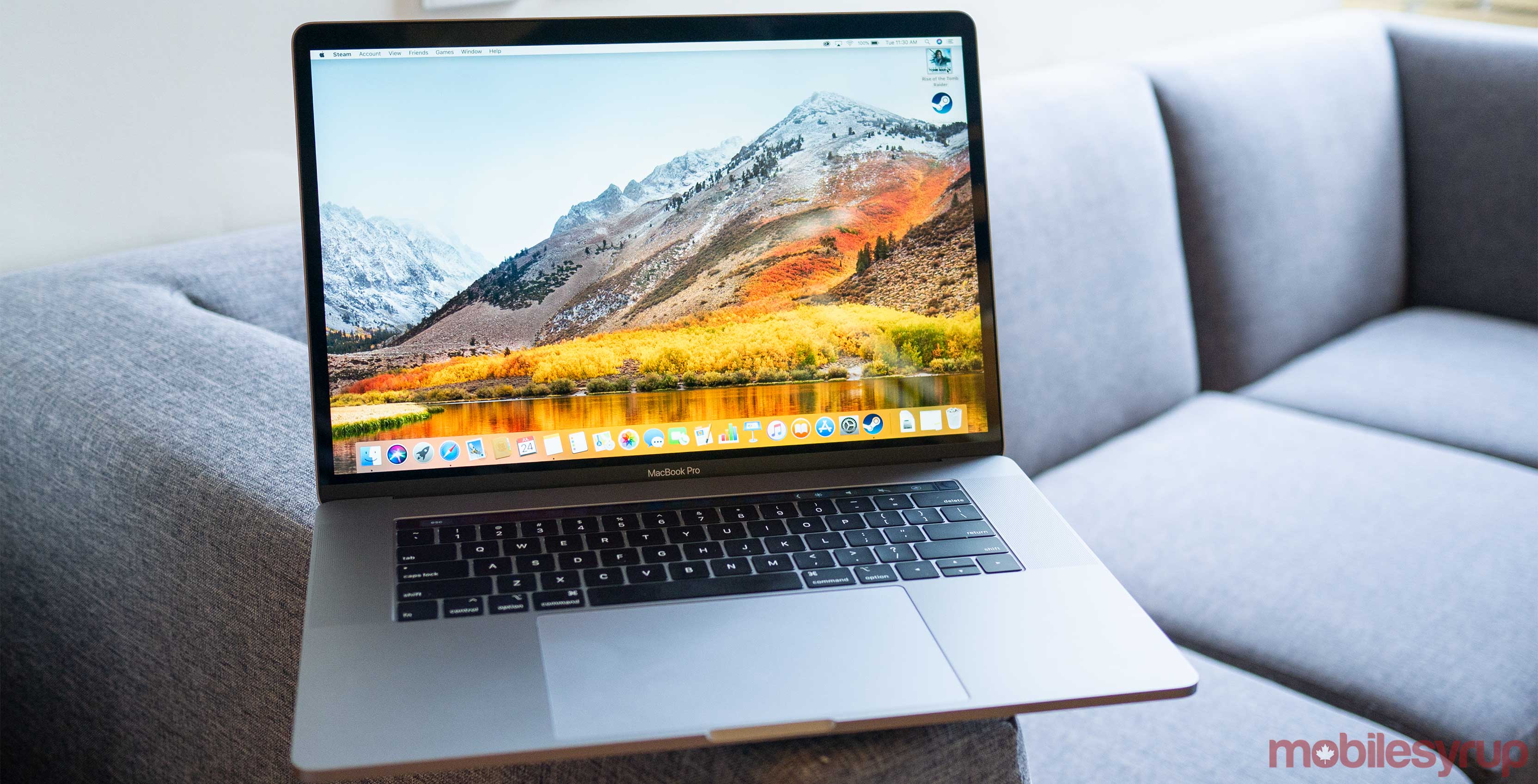
Update 07/24/2018 1:22pm: Apple has issued a fix for the MacBook Pro with Touch Bar’s i9 throttling issues, confirming that the problem occurs with all of the company’s 2018 laptops and not just the highest-end 15-inch version.
The controversy surrounding the 2018 15-inch i9 MacBook Pro with Touch Bar continues to brew, with Intel’s opinion on the situation now coming into the picture.
YouTube videos have surfaced over the last few weeks revealing that the maxed out 2018 MacBook Pro is not capable of delivering the claimed performance of its 2.9GHz 6-core i9 Processor.
Toronto-based YouTuber David Lee (Dave2D) found that when running Adobe Premiere, the MacBook Pro failed to apply Turbo Boost and didn’t achieve a fast enough clock speed for such a resource intensive task, dropping the speed to as low as 2.2Ghz — a number that’s well under the processor’s advertised base 2.9Ghz clock speed.
Lee then performed the same test with the MacBook in a freezer and didn’t encounter the same issue, leading him to conclude that the problem is related to the laptop’s thermal throttling technique. Since then, various other notable YouTubers have run similar tests that achieved comparable results, including Marques Brownlee (MKBHD).
While disappointing given the 2018 MacBook Pro with Touch Bar’s price tag and promised performance, the issue should have been somewhat expected given the Pro’s thin form factor and metal build. To put the controversy in perspective, while the 2018 i9 MacBook Pro is marginally faster than Apple’s 2017 i7 MacBook Pro, for most its speed increase isn’t enough to justify the laptop’s $4,539 CAD price tag.
As far back as 2015, Intel decided that it’s fine for manufacturers to use their own thermal throttling techniques, according to ExtremeTech.
“Intel explained that it had given OEMs more freedom to set certain specifications for their own systems. One example the company gave was skin temperature: If OEMs wanted to specify a low skin temperature that had the side effect of keeping the CPU clock speed from turboing as high as a competitive system from a different OEM that traded a higher skin temperature for better thermal performance, that was fine by Intel — even if it also meant two systems with the same CPU might perform very differently,” writes ExtremeTech’s Joel Hruska, in a recent story.
That said, Hruska also says that there’s a difference between limiting a laptop’s turbo functionality and dropping it well below the processor’s advertised base speed.
Apple would likely argue that it’s not possible to know exactly what a consumer is going to be doing with their MacBook Pro, but given the tech giant positions its Pro line of laptops as devices designed creative profesionals, this justification doesn’t really hold up.
Source: ExtremeTech Via: 9to5Mac
MobileSyrup may earn a commission from purchases made via our links, which helps fund the journalism we provide free on our website. These links do not influence our editorial content. Support us here.


